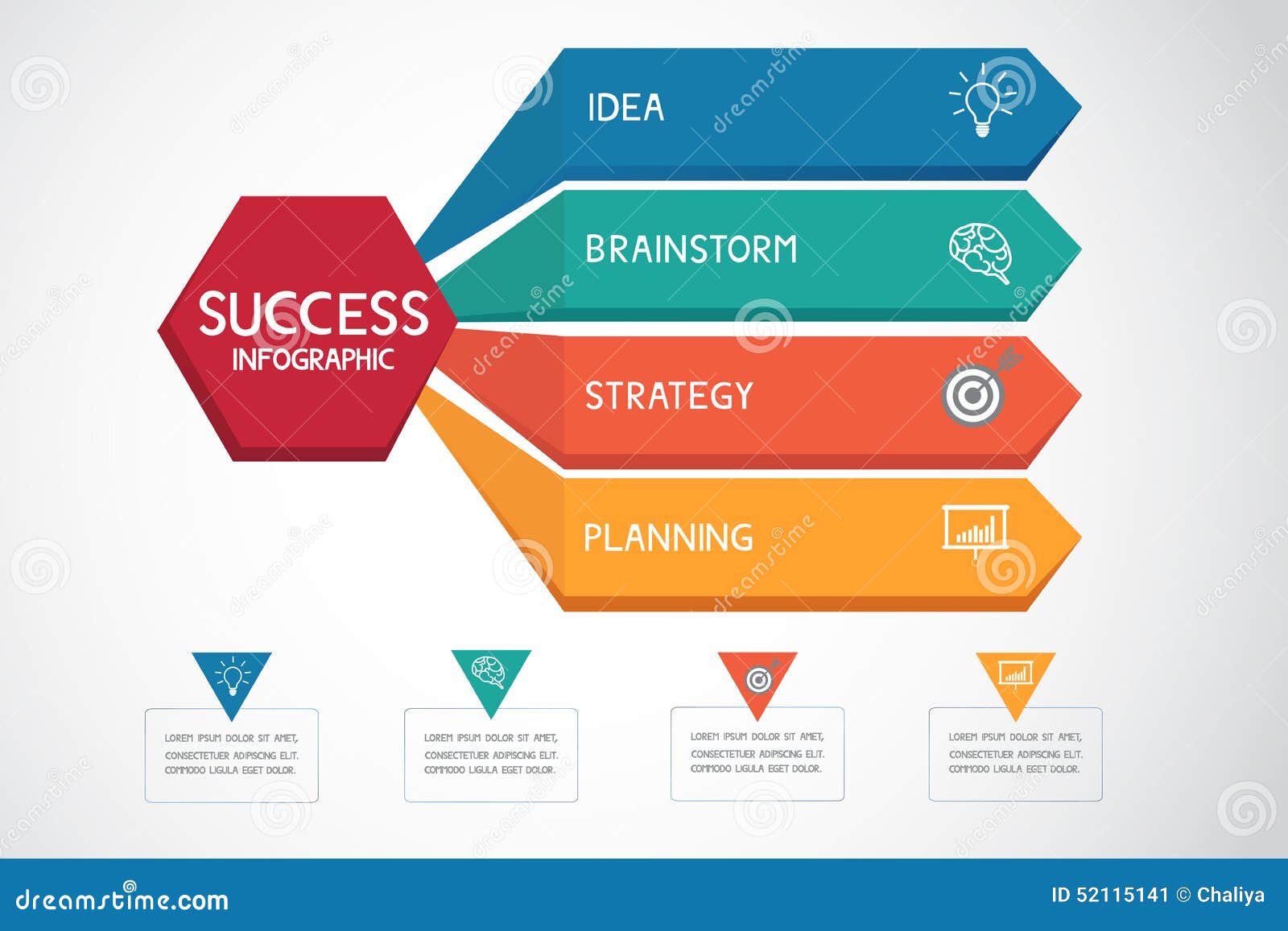Intrigued In Finding Out How Website Design Has Evolved For Many Years? Explore The Trip From Standard, Straightforward Styles To User-Centric Interfaces That Focus On The Site Visitor'S Experience
Intrigued In Finding Out How Website Design Has Evolved For Many Years? Explore The Trip From Standard, Straightforward Styles To User-Centric Interfaces That Focus On The Site Visitor'S Experience
Blog Article
Developed By-Jonasson Wren
In the past, sites were basic and concentrated on details. Navigating was straight, and layout was for desktop computers. Currently, customer experience is crucial. Data guides styles for simple navigation. Receptive layouts suit various gadgets. Today, dark mode decreases stress, and minimalist menus enhance navigation. Interactive functions involve individuals, and strong visuals attract attention. AI assimilation enhances engagement. See how style has evolved to enhance your online trip.
Very Early Days of Website Design
In the very early days of website design, simplicity preponderated. Internet sites were standard, with minimal shades, typefaces, and layouts. The focus was on supplying information as opposed to showy visuals. Individuals accessed the web with slow dial-up connections, so speed and performance were key.
Navigation food selections were straightforward, typically located on top or side of the page. Internet sites were designed for desktop, as mobile surfing wasn't yet widespread. Content was king, and developers focused on easy readability over intricate design components.
HTML was the primary coding language used, and designers had to function within its restraints. Animations and interactive functions were minimal contrasted to today's requirements. Websites were static, with little vibrant material or tailored customer experiences.
Increase of User-Focused Layout
With the development of internet site design, a change towards user-focused layout concepts has come to be significantly famous. Today, developing sites that focus on user experience is essential for involving visitors and attaining service objectives. User-focused style entails recognizing the requirements, preferences, and behaviors of your target audience to tailor the internet site's design, content, and features as necessary.
website page layout conduct thorough research study, such as customer surveys and use testing, to collect insights and responses directly from customers. This data-driven approach assists in creating user-friendly navigating, clear calls-to-action, and visually enticing interfaces that reverberate with visitors. By placing the customer at the facility of the layout procedure, internet sites can provide an extra individualized and pleasurable experience.
Receptive layout has actually likewise become a crucial facet of user-focused design, making certain that web sites are enhanced for different gadgets and screen sizes. This versatility enhances access and functionality, satisfying the diverse methods users engage with web sites today. Basically, the rise of user-focused layout represents a shift towards producing digital experiences that focus on the needs and assumptions of completion customer.
Modern Trends in Web Design
Explore the most recent patterns forming website design today. One popular fad is dark mode layout, using a streamlined and modern appearance while lowering eye pressure in low-light environments. An additional key fad is minimal navigating, simplifying menus and boosting individual experience by focusing on essential elements. Integrating micro-interactions, such as computer animated switches or scrolling results, can produce an extra appealing and interactive internet site. Receptive design continues to be critical, guaranteeing seamless customer experiences throughout numerous tools. Furthermore, utilizing strong typography and asymmetrical formats can include visual rate of interest and draw attention to specific content.
Incorporating website design content , like chatbots for client support or personalized recommendations, improves customer interaction and enhances processes. Availability has also come to be a considerable fad, with designers focusing on comprehensive style techniques to deal with varied user requirements. Embracing sustainability by enhancing internet site performance for rate and efficiency is an additional arising pattern in web design. Working together with individual responses and information analytics to iterate and improve design continuously is important for remaining appropriate in the ever-evolving digital landscape. By welcoming these modern patterns, you can produce a visually attractive, easy to use internet site that reverberates with your target market.
Conclusion
As you reflect on the development of internet site style from the early days to now, you can see just how user-focused layout has ended up being the driving pressure behind contemporary trends.
Embrace just click the next web site of adjustment and adjustment in web design, constantly keeping the individual experience at the leading edge.
Stay current with the most up to date patterns and innovations, and never ever stop progressing your method to develop aesthetically spectacular and straightforward internet sites.
Develop, adjust, and create - the future of web design is in your hands.
